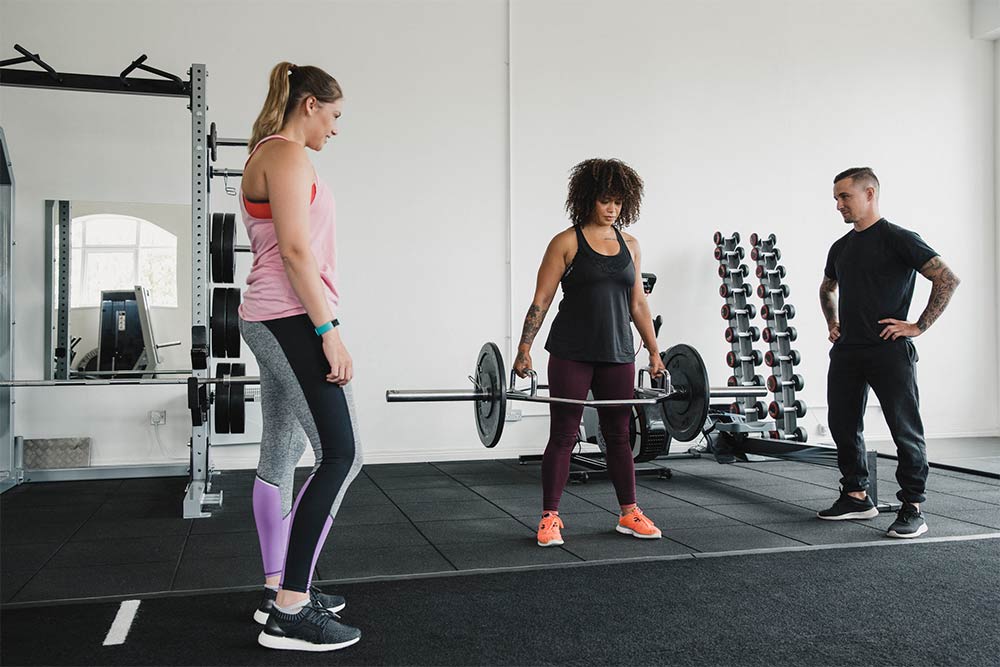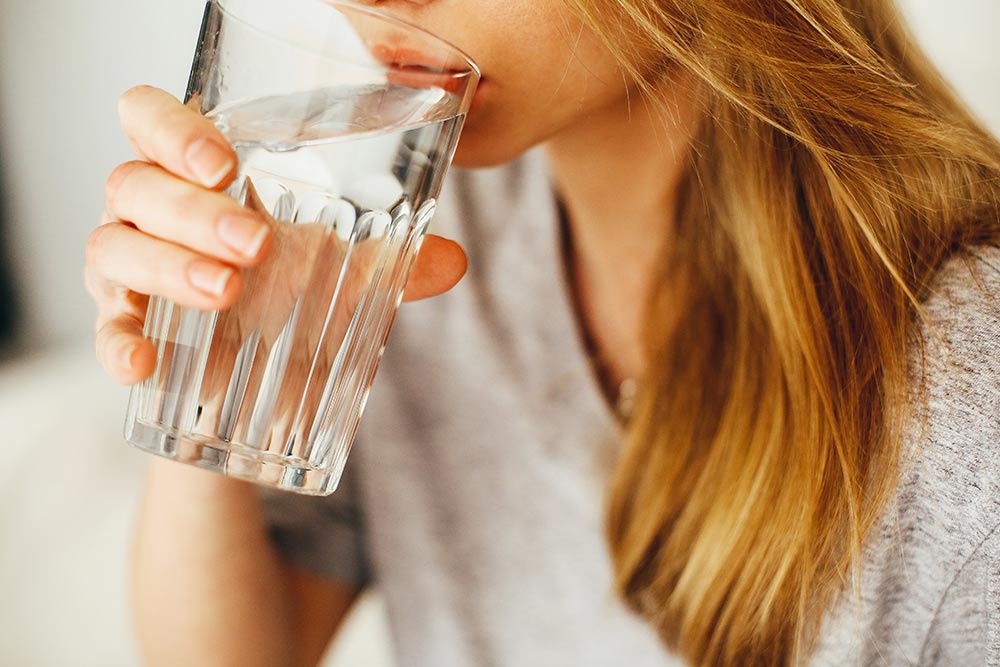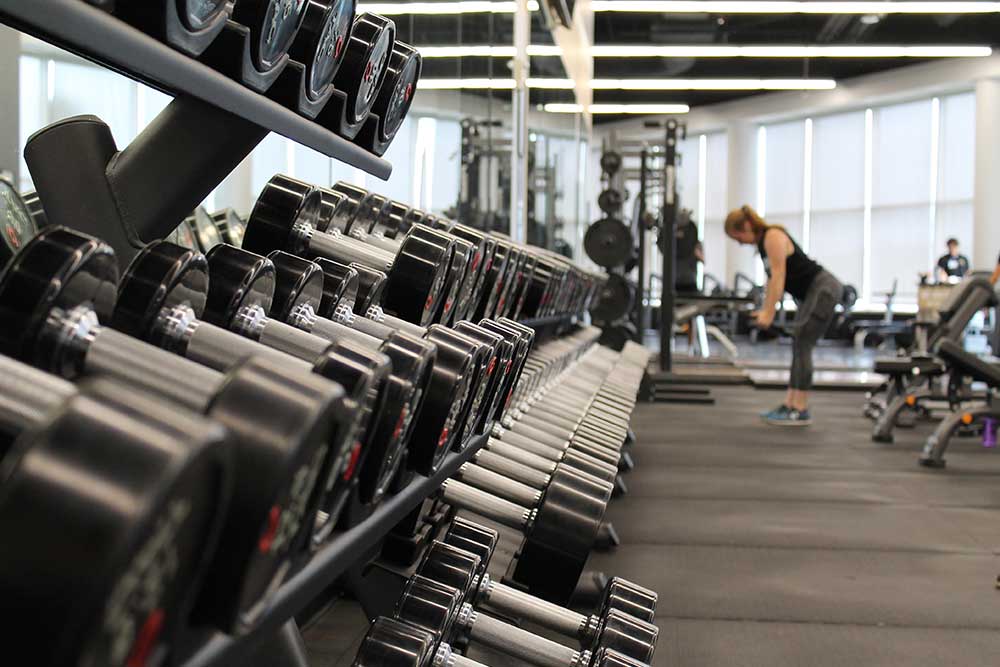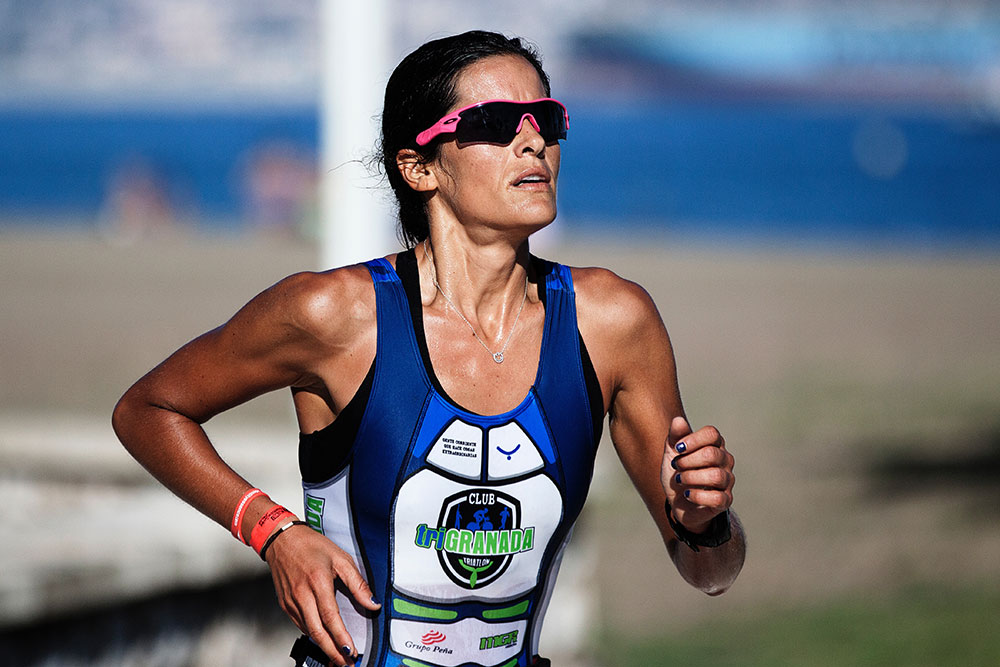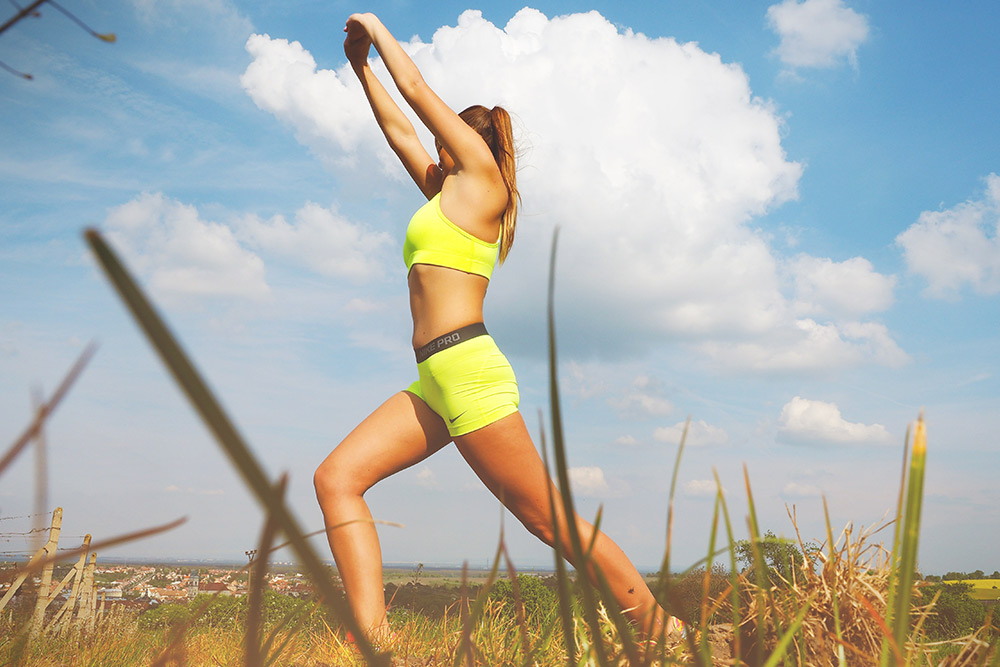Hydration and Performance, Part 2: ELECTROLYTES
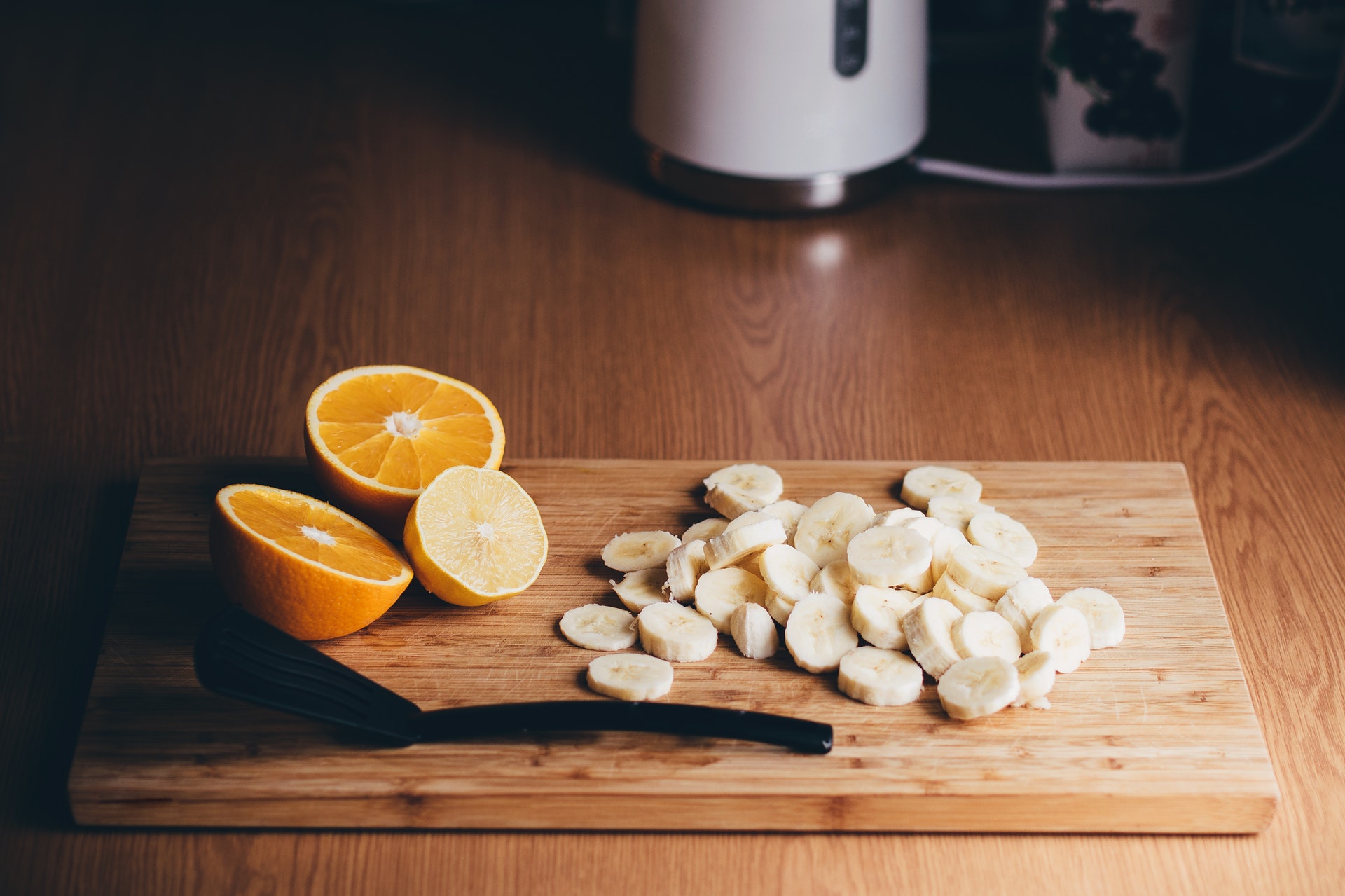
Evan Stevens
Electrolytes and the Right Drink For You
Welcome back to our continuing discussion and exploration of performance nutrition. Last time we started with the exploration of hydration and how important proper hydration is for peak performance. We discovered how dehydration can lead to net performance losses of up to 30% with as little as 5% total body water loss, and how to achieve proper hydration we need to stay on top of things, not just during our training sessions, but before and after. When we concluded our previous discussion, we learned that fluids are only half the story of good hydration.
Electrolytes make up the other half of proper hydration. An electrolyte is a mineral in our body that has a charge, or is ionic. Electrolytes are important for a number of biological and homeostatic processes such as:
- Balancing the amount of water in our body
- Controlling the body’s acid/base status (pH levels)
- Moving nutrients and waste in and out of your cells
- Ensuring stimuli are transmitted and used correctly along your nerves, in your muscles, and brain
Electrolytes and Performance
Going through that short list, it is easy to see why electrolytes are important for hydration and performance, as every point on that list offers something for performance. As we already know, water levels in our body are important and being able to buffer or mitigate lactic acid build up with proper electrolyte balance means that we don’t tire out quite as quickly and/or can recover faster for the next interval. We need nutrients to provide energy for our body and without a stimulus reaching our muscles we can’t actually do any work and use the energy we create.
Electrolytes are hugely important for proper function but the fact is that a lot of us do not know a whole lot about them. At the end of our fluid discussion I posed a question – Most sport drinks only concern themselves with two electrolytes: sodium and potassium; are these the only two worth concerning ourselves with or are there more we should think about in terms of performance?
Truly, sodium and potassium are important. Most of us might remember sodium and potassium from our high school biology lessons and how a stimulus from the brain is transmitted down a nerve by switching sodium and potassium across a membrane. But if that is just the stimulus, how do we get a muscle to fire once the stimulus reaches the muscle? How do we get it to stop firing? To truly understand electrolytes, we need a better grip of what they are and how they work.
Related Article: Hydration and Performance, Part 1: FLUIDS
What are Electrolytes?
Electrolytes are charged minerals. The easiest way to picture an electrolyte is to think of salt (Sodium(Na) Chloride(Cl) – NaCl) dissolved in water. NaCl, salt, is uncharged. However, in water it dissolves into Na+ and Cl-, or a positively charged sodium ion and a negatively charged chloride ion. These two ions in solution are electrolytes. If an electrical charge were to be applied to this salt solution, the sodium ions would be drawn to the area with the most amount of electrons, which have a negative charge, whereas the chloride ions would be drawn to the area with the biggest deficit in electrons. The opposite directional movement of the ions creates current and is how a battery works.
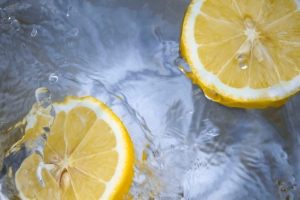
How Do Electrolytes Work?
Physiologically speaking, electrolytes perform a very similar function, albeit much more subtly. We can think of our bodies as having two different regions for now – intracellular fluid, or the space within our cells; and extracellular fluid, or everything else. The body maintains a very specific electrolyte balance between these two different spaces, which allows selective movement across membranes. This is how we move nutrients and waste in and out of our cells, propagate electrical stimuli through our body, and maintain our water and pH levels. There is a significant difference in the amounts of sodium and potassium ions in and out of the cell. The extracellular fluid is flush with sodium ions but the intracellular fluid is sparse. The opposite is true for potassium – there are lots of potassium ions within a cell but few outside.
The difference in sodium and potassium concentrations in and out of a cell causes the cell membrane to be electrically charged, with a positive charge on the outside and a negative charge on the inside. This charge difference is what we call a resting potential and is the reason we can send signals from the brain to the muscles. When the brain sends a signal, it drives sodium channels to open, which draws sodium into the cell with the changes to the cell’s electrochemical gradient. This further increases the positive charge in the cell, opening more sodium channels, which in turn further increases the charge in the cell.
Related Article: Do Masters Athletes Need Specific Nutrition?
Sodium and Potassium
As the sodium gates open along the cell membrane, it transfers the signal along the neuron. As quickly as these sodium channels open, they also quickly become inactive, closing and preventing sodium from entering the cell further. The sodium within the cell is then actively pumped out with potassium to restore the electrochemical gradient to allow for further stimuli to transmit along a neuron. You may often see Chloride listed as an electrolyte too. Chloride (Cl-) is a negatively charged ionic mineral that we get from salt. It is also involved in balancing the nerves and acid/base balance within cells, acting in much the same way as sodium or potassium, just providing the negative charge to help balance things out.
So sodium and potassium are important – they allow the transmission of signals along our neurons from our brains to our organs and muscles. Ensuring a good balance of these is essential for proper signal transmission and ensuring our muscles can fire properly. We need to replace them as we work out because we lose them in our sweat – they are part of the reason why sweat is salty and why it is so important to maintain proper hydration while working out; they are why most sports drinks focus on them as part of their ingredient formulas.
But What About Our Muscles?
Sodium and potassium are important for signal transmission along a nerve, but what about when the signal reaches a working muscle? How does that signal tell our muscle to fire? This is where two other important electrolytes come into play – Magnesium (Mg2+) and Calcium (Ca2+). When we think about calcium, most of us will think of bone. Our bones are important – they are the structure by which we move. Yet bones act more as a storage site for calcium for when it is really needed. Calcium plays a critical role in signal transduction within the body.
Everything from:
- neurotransmitter release (how our electrical signal generated through the charge differences created by the concentration differences in sodium and potassium move from neuron to neuron or neuron to muscle)
- second messenger transmission (again, relating to signal transmission, second messengers carry signals from an extracellular signal, such as from hormones which do not cross cell membranes
- to intracellular sites where the signal needs to go to illicit the required response to the initial signal), and are the reason muscles can fire.
Without calcium our muscles will not contract, every muscle in our body needs calcium to fire, including our heart.
Related Article: Calculate Your Sweat Rate
Calcium and Muscle Cell Anatomy
To understand the importance of calcium, let’s first look at a muscle cell. Muscles are a fibrous tissue, made of strands of myofilaments. The myofilament is what makes muscles special and separate from other cells in the body. A muscle contraction is characterized by the shortening of the myofilaments within an individual muscle cell. Surrounding each of these myofilaments is a structure called the sarcoplasmic reticulum (SR). The SR is an intercellular corral for calcium, and in a relaxed state, is highly concentrated with the mineral. The SR controls the contraction of a muscle by regulating the concentration of calcium in your muscle cells.
When the SR receives the signal from the brain to contract, it floods the muscle with calcium, with calcium easily flowing from an area of high concentration (within the SR) to an area of low concentration (the muscle cell). The calcium starts a series of reactions that cause the myofilament to shorten. The simultaneous shortening of all these myofilaments causes a contraction. When the brain says to stop the contraction, calcium is actively pumped back into the SR. The easiest way to think of this process is to think of it just like the sodium and potassium channels that we just discussed and how differences in concentrations cause the drive for movement.
Magnesium
Just as with the nerves needing to shuttle a different ion around to restore the electrochemical gradient, so too do muscle. Magnesium is needed to move calcium back into the SR and relax the muscle, much like potassium being needed to move sodium. Magnesium helps to actively bind to some of the transporters in cells that move calcium across membranes or tell muscles to contract, preventing free calcium from binding and causing more contractions. Having the good magnesium balance prevents muscle cramps and spasms from over excitation of the muscle fibers.
Magnesium is a very important mineral that is often forgotten about. It is needed in over 300 enzymatic reactions and is present in every cell type in every organism. In terms of performance, we need magnesium because without it we cannot use the energy we have. ATP (adenosine triphosphate) is our main source of energy in the body, made from the breakdown of glucose/glycogen. For ATP to be biologically active and usable, it needs to be bound to magnesium.
Takeaways
So there are at least four very important electrolytes that we need to function at peak performance. Sodium and potassium to properly transmit signals to the muscles. Calcium to make our muscles contract. And magnesium to help us relax, as well as utilize our energy. Next time we will discuss how we can use all this knowledge we’ve gained to properly manage our hydration status, specifically the sports drinks we see at the stores or marketed online, some things you may have heard, and what we should keep our eyes open for when considering the best way to stay hydrated.
Citations
Currel K, Jeukendrup AE. Superior endurance performance with ingestion of multiple transportable carbohydrates. Medicine & Science in Sports and Exercise, 2008;40(2):275-281.
Montner, P., Stark, D., Riedesel, M., Murata, G., Robergs, R., Timms, M. and Chick, T. (1996). Pre-Exercise Glycerol Hydration Improves Cycling Endurance Time. International Journal of Sports Medicine, 17(01), pp.27-33.
Pérez-Idárraga, A. and Aragón-Vargas, L. (2014). Postexercise rehydration: potassium-rich drinks versus water and a sports drink. Applied Physiology, Nutrition, and Metabolism, 39(10), pp.1167-1174.
Pfeiffer B, Stellingwerff T, Zaltas E, et al. Carbohydrate oxidation from a drink during running compared with cycling exercise. Medicine & Science in Sports and Exercise, 2011;43(2):327-334.
Rollo I, Williams C. Influence of ingesting a carbohydrate-electrolyte solution before and during a 1-hour run in fed endurance-trained runners. Journal of Sports Sciences, 2010;28(6):593-601.
van Rosendal, S., Osborne, M., Fassett, R. and Coombes, J. (2009). Physiological and performance effects of glycerol hyperhydration and rehydration. Nutrition Reviews, 67(12), pp.690-705.
van Rosendal, S., Osborne, M., Fassett, R. and Coombes, J. (2010). Guidelines for Glycerol Use in Hyperhydration and Rehydration Associated with Exercise. Sports Medicine, 40(2), pp.113-129.
Wagner, D. (1999). Hyperhydrating with Glycerol. Journal of the American Dietetic Association, 99(2), pp.207-212.
Whang, Robert. Electrolyte and water metabolism in sports activities. Comprehensive Therapy, Vol. 24, January 1998, pp. 5-8You Might Like:










